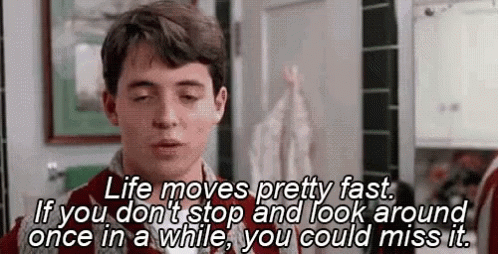Blockbuster vs. Netflix
If the 2010s taught us anything, it’s that there’s no better example of a business that pivoted to meet customer needs and preferences than Netflix. Likewise, there’s no better example of a business that failed to pivot, innovate and meet modern market demands than Netflix’s original competitor: Blockbuster.
As a brick-and-mortar DVD rental business, customers had to drive to Blockbuster to get the latest new releases on video or DVD. In its early days in the aughts, Netflix delivered movies directly to customer’s doorsteps via the mail. Initially, that was an innovative model — until cable companies started offering movies on-demand. This left Netflix with a dilemma: why would customers order from Netflix and wait a few days when they could stream any movie anytime?
How both companies responded to the shift towards on-demand and online content illustrates the difference between traditional and agile business models, and shows why business leaders must constantly engage with customers to drive innovation and stay relevant.
The streaming revolution
Leaders at Netflix recognized the value of design thinking for what it is: a method to consistently hone their business offerings. Teams were encouraged to look for new opportunities to delight customers, drive engagement and generate new revenue. The approach? Empathize with customers,unearth pain points and find their unaddressed needs.
Beginning in 2011, Netflix began producing their own original movies and streaming series. But they didn’t just stop at offering new shows: they dropped every episode of each season on the first day it was launched. Original and provocative programming like Orange Is The New Black, House of Cards and Bojack Horseman helped Netflix capitalize on the binge-watching phenomena, even spawning the now ubiquitous catchphrase “Netflix and chill”. With the watch-in-one-sitting binge option catching on like wildfire, shows were devoured by audiences. Eventually, even bigger streaming phenomena, like Stranger Things and Black Mirror, dominated the cultural conversation whenever a new season dropped, leaving everyone talking about one thing: Netflix.
Need to outpace the competition and shift your business model? Learn the basics of design thinking with our free eBook: Design Thinking 101
Continuing to innovate
In 2016, Netflix adapted to the market again, rebuilding their main landing page to capture user’s attention the moment they logged in. Instead of offering still images or series posters, they added auto-play trailers that launched on mouse hover.
Seeing more opportunities to give users what they didn’t know they wanted, Netflix leveraged artificial intelligence and predictive analytics to create a unique experience for each viewer based on their own viewing habits. The “Because you watched” feature not only transformed the customer experience on Netflix — it transformed expectations for every other entertainment company scrambling to enter the streaming game.
Netflix discovered all of these innovations by using design thinking to empathize again and again with their customers. Meanwhile, Blockbuster stuck to their traditional brick-and-mortar model, making it harder for customers to get what they wanted, when they wanted it. Netflix knew their survival depended on knowing exactly what each and every customer wanted to experience when using their service, and consistently working to meet customers where they were at. By identifying customer needs and adapting, Netflix evolved; whereas Blockbuster, and DVD rentals in general, failed to compete and went extinct.
An industry changed
The next time you’re tempted to think your business is fine and just sit back and rely on the same old strategies to deliver success, remember this story. The last Blockbuster closed in 2019, and ironically, Netflix eventually bought the IP for the brand and made a streaming comedy about the failed business.
In the 2020s, more and more people are ditching cable in favor of Netflix and the various other services the streaming wars inspired. Nowadays, there’s nothing worse than sitting in front of the TV waiting for good content to come on. So, remember, “change happens pretty fast, if you don’t stop and look around once in a while, you could miss it.”

Learn how to evolve with the market with ExperienceInnovationTM | Aware and make change a part of your organization's DNA.